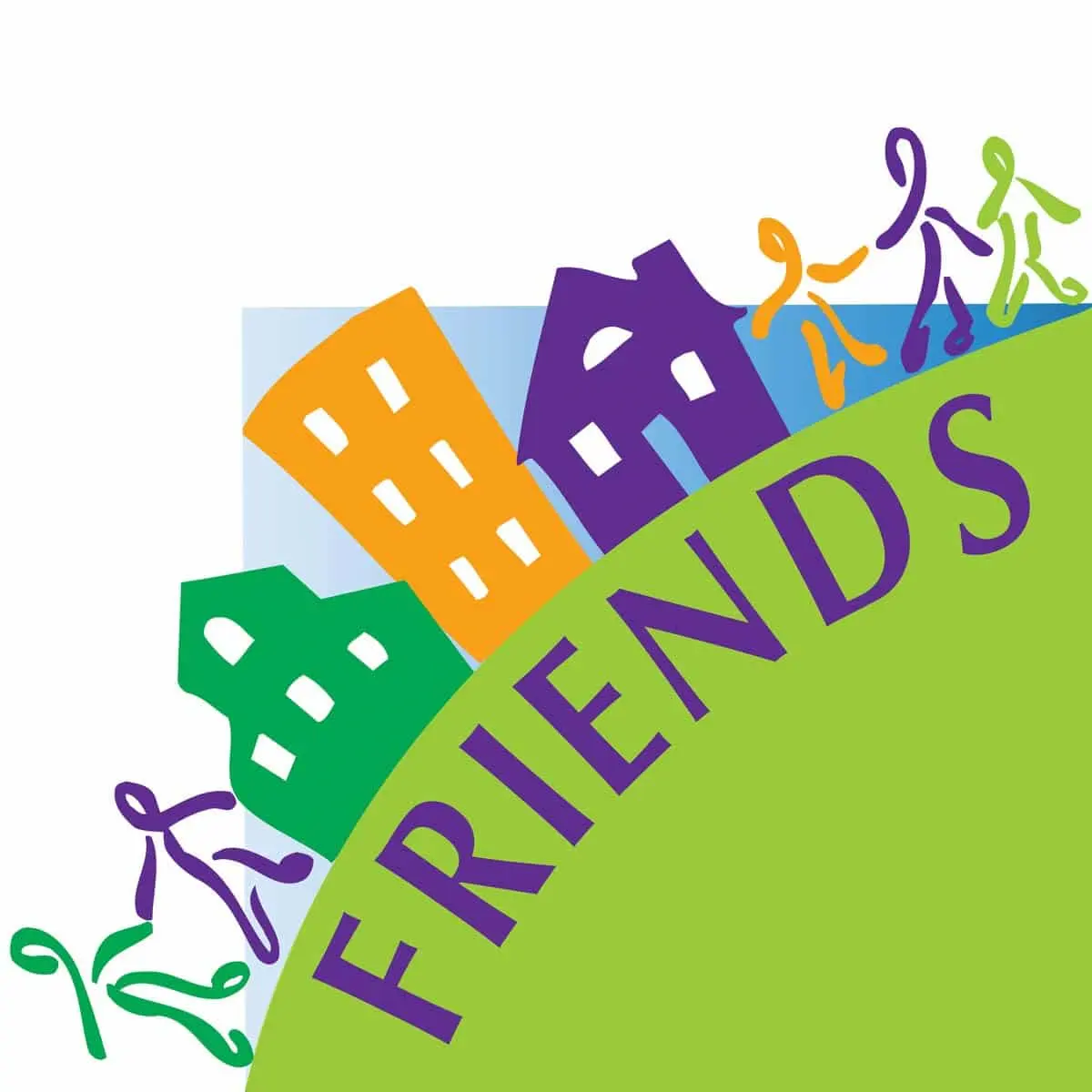Determine Your Target Audience
Who do you hope to reach with the campaign?
It is important to consider your target audience as that will help determine how to tailor the public awareness campaign to the target audience’s views, needs, and opinions. What data are you using to determine the target audience?
- identification (who is affected? Who can influence those affected?),
- prioritization (who is most at risk? Can we reach them? Can we persuade them? What resources are required to reach them? Is it feasible?),
- actively involve parents in prioritizing the audience, and
- consider if you have only one audience or a primary and secondary audience.
For example, Prevent Child Abuse (PCA) Iowa, in partnership with local marketing firm Flynn Wright, developed a messaging campaign titled “Imperfect Parent Club.” The 30-second video was directed at parents and caregivers with the message that it was OK to be an imperfect parent, parenting is hard for everyone, and encouragement to reach out for resources. The campaign directed parents to a resource page on the PCA Iowa website. This site was developed with the protective factors in mind, providing parent education resources, tips for self-care, links to concrete supports, and handouts of “things to do” to strengthen the bond with children of all ages.
Assessing the target audience’s readiness to receive your message and change their thinking/behavior may be helpful. Include parents in measuring the readiness of the community or state in receiving the public awareness campaign message by asking parents to review the community readiness survey for word changes and to assist in advocating community members complete the survey.
The Readiness Assessment for the Prevention of Child Maltreatment (RAP-CM) can be used to assess how ready a country, state, or community is to implement evidence-based child maltreatment prevention programs and/or a public awareness campaign on a large scale. For example, if you find many responses are “don’t know”, a strong community awareness campaign might be needed. To utilize the RAP-CM below, insert in the parentheses the name of the targeted area/community that is being assessed.
| Questions | Possible Responses | |||
|---|---|---|---|---|
| In (community), compared to other health and social problems, how much of a priority is child maltreatment/ abuse prevention? | High Priority | Moderate Priority | Low Priority | Don't Know |
| Do you think that measures taken so far to prevent child abuse and neglect in (community) have been adequate? | Adequate | Neither Adequate nor Inadequate | Inadequate | |
| Are there any government or non-government agencies officially mandated with child abuse and neglect prevention in (community)? | Yes | No | Don't Know | |
| Is there any official policy - or are there official policies - specifically addressing child abuse and neglect prevention in (community)? | Yes | No | Don't Know | |
| In (community), are there political leaders who express strong commitment to the issue of child abuse and neglect prevention and are taking effective measures to address the problem? | Yes | Not Clear | No | Don't Know |
| Does the (state/county) Department of Child and Family Services (whatever the child welfare agency is called) have a dedicated budget for child abuse and neglect prevention? | Yes | No | Don't Know | |
| Are there dedicated budgets in other parts of the (state, county) for child abuse and neglect prevention? | Yes | No | Don't Know | |
| Overall in (community), do you think the number of professionals specializing in child abuse and neglect prevention is adequate for the large scale implementation of child abuse and neglect prevention programs? | Adequate | Neither Adequate nor Inadequate | Inadequate | There are none/Don't Know |
| What level of citizens' participation is there typically in efforts to address various health and social problems in (community)? | High | Moderate | Low | Don't Know |
| How good at getting things done through their joint efforts are the people living in (community)? | Good | Moderate | Poor | Don't Know |
Resource: Marie Helene Gagne, Sylvie Drapeau, and Marie-Eve Clement, “Community Readiness for Child Maltreatment Prevention: The Challenge of a Brief Assessment,” The Journal of Primary Prevention, 41, (2020): 299-316.
To download a printable version of this assessment, click here.
1“Understanding Social Marketing,” Community Toolbox, https://ctb.ku.edu/en/sustain/social-marketing/overview/main
